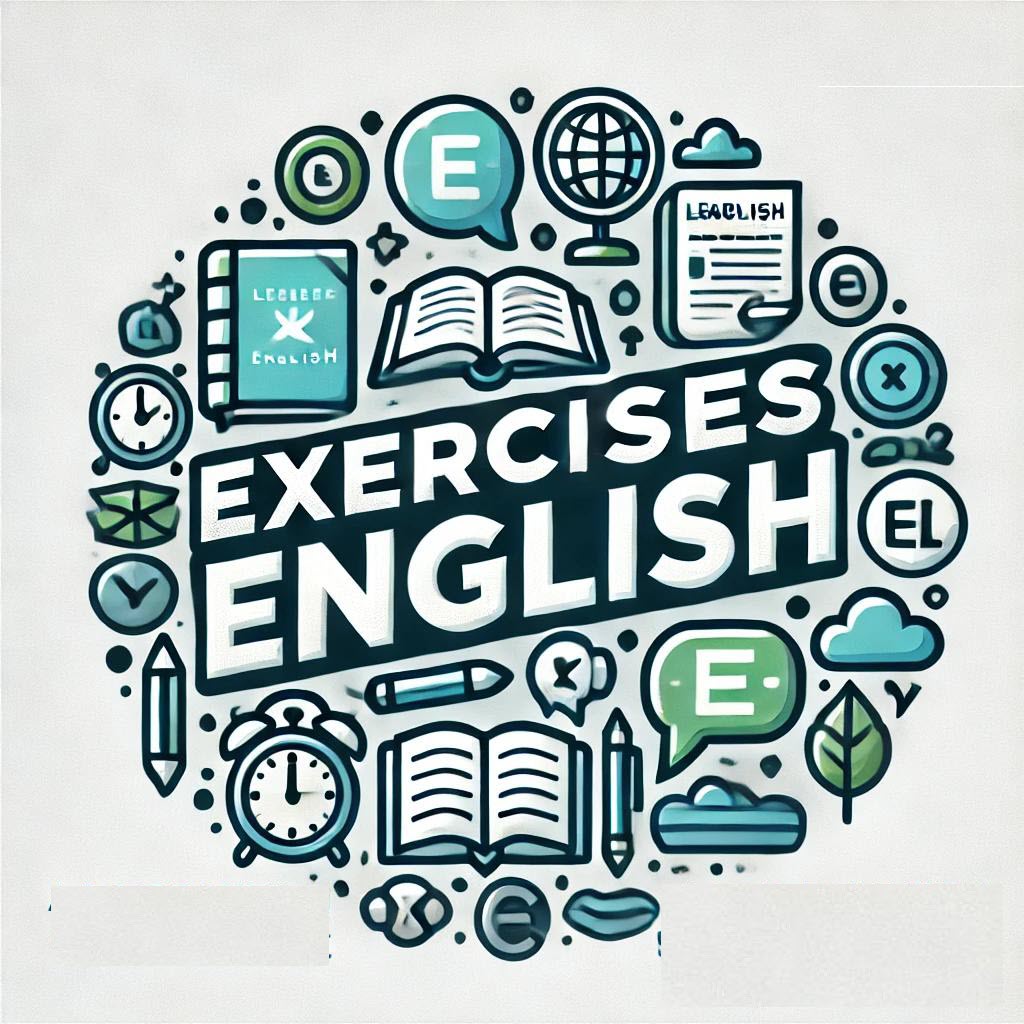Gerund Or Infinitive Exercises
Mastering the use of gerunds and infinitives is crucial for English language learners. These two forms of verbs can significantly change the meaning of a sentence, and their correct use is vital for clear and accurate communication. This article provides a variety of exercises to help you understand and practice using gerunds and infinitives effectively.
Understanding Gerunds and Infinitives
Before we dive into the exercises, let’s quickly define what gerunds and infinitives are. Gerunds are verbs that function as nouns and end in -ing, like ‘running’ or ‘studying’. Infinitives, on the other hand, are the base form of a verb typically preceded by the word ‘to’, such as ‘to run’ or ‘to study’.
Gerunds and Infinitives Exercise 1: Interactive Exercise
Interactive exercises can be a fun and effective way to learn. This exercise will help you practice using gerunds and infinitives after verbs. Fill in the blanks with the correct form of the verb, either as a gerund or infinitive.
| Exercise | Gerund | Infinitive |
|---|---|---|
| 1. I enjoy ___(run) in the morning. | running | to run |
| 2. She decided ___(study) abroad next year. | studying | to study |
20 Usage Tips and 30 Gerunds and Infinitives Exercises
For those who want a more in-depth understanding, consider going through a list of usage tips and further exercises. This will provide a comprehensive understanding of when and how to use gerunds and infinitives. Below are a few examples:
Usage Tips
- Use a gerund after prepositions.
- Use an infinitive after certain verbs, including ‘want’, ‘need’, ‘would like’.
- Some verbs can be followed by a gerund or an infinitive without causing a change in meaning, such as ‘begin’, ‘start’, ‘continue’.
Exercises
- It’s not easy ___(decide) which job offer to accept.
- She seems ___(enjoy) her new job.
- I can’t afford ___(buy) a new car at the moment.
Gerund or Infinitive – Verb Patterns
Understanding verb patterns can help you decide when to use a gerund or an infinitive. For example, the verb ‘enjoy’ is typically followed by a gerund, while ‘decide’ is followed by an infinitive. Test your understanding with the following exercise:
- Fish ___(be) my favorite hobby at your age. (To fish/Fishing)
Online Exercises
For further practice, consider online exercises. They offer a variety of difficulty levels and can be done at your own pace. Some exercises focus on the use of the gerund, others on the use of the infinitive, and some combine both.
Bringing It All Together
Gerunds and infinitives are an integral part of English grammar, and mastering their use can significantly enhance your language skills. Through understanding and consistent practice with exercises like the ones provided above, you can become proficient in using gerunds and infinitives in your everyday communication.
